



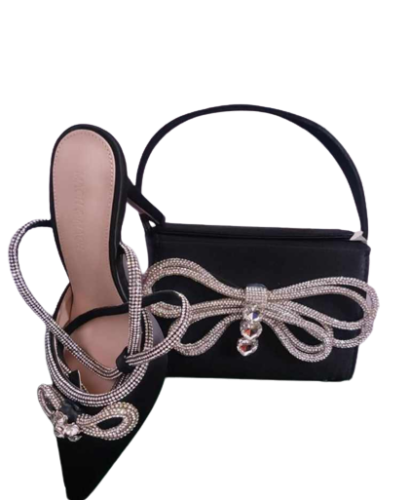



Home first aid kits are usually used for treating these types of minor traumatic injuries:
First aid kits for travel need to be more comprehensive because a drug store may or may not be accessible. In addition to personal medical items, the kit should contain items to help alleviate the common symptoms of viral respiratory infections such as these:
It should also contain items to treat these ailments:
Try to keep your kit small and simple. Stock it with multi-use items. Almost anything that provides good visibility of contents can be used for a household first aid kit.
Make sure you know how to properly use all of the items in your kit, especially the medications. Train others in your family to use the kit. You may be the one who needs first aid.
Pack and use barrier items such as latex gloves to protect yourself from the bodily fluids of others. Check the kit twice a year and replace expired drugs. Find out the phone number of your regional poison control center at the American Association of Poison Control Centers Web site and keep the number with your kit.
Where to keep your first aid kit:
Only logged in customers who have purchased this product may leave a review.
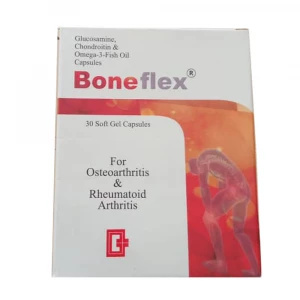




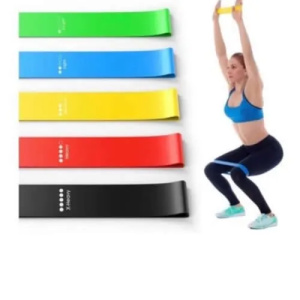
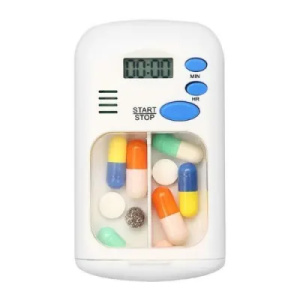
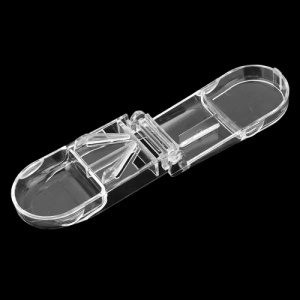

Subscribe today to get updates about our latest products.
Copyright © 2023 Mikkiexpress By Mikkitech.
Reviews
There are no reviews yet.